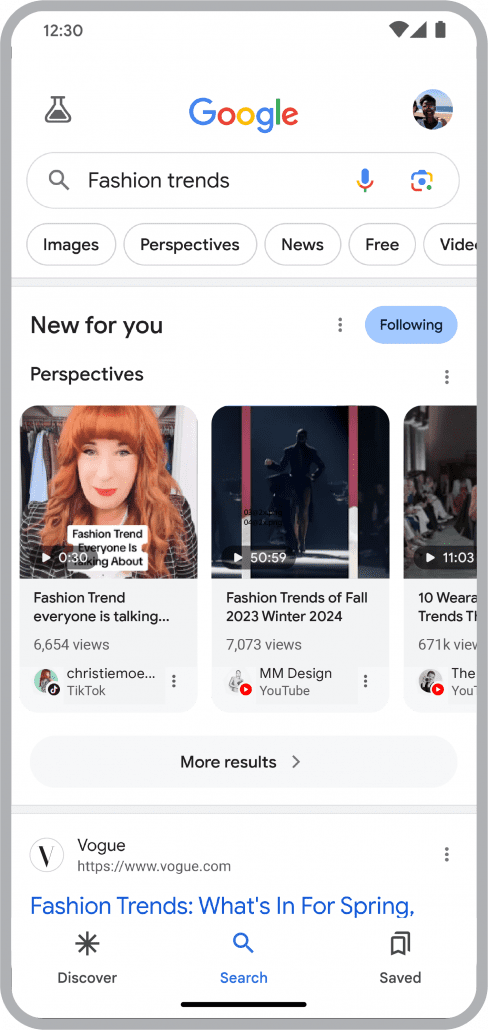If your website has seen a big drop in traffic within the past month, there is a chance you’ve been hit by the latest Google core update. The update started rolling out on November 11 and has now been confirmed to be finished as of December 5, 2024.
Compared to other core updates, this one does not seem to be the most impactful. Early analytics as the core update rolled out did not show the level of volatility in search results typical of most core updates. Still, Google confirmed that this was a core update aimed at improving search results quality and decreasing the prevalence of irrelevant results across the platform.
As Google said about the update:
“This update is designed to continue our work to improve the quality of our search results by showing more content that people find genuinely useful and less content that feels like it was made just to perform well on Search.”
Interestingly, Google specifically emphasized in private communications with Search Engine Land that the update would not be restoring rankings to pages affected by the September 2023 helpful content update.
What To Do If You’ve Been Hit
Google didn’t provide much information about the core update, so currently it is difficult to gauge what types of sites are likely to have been affected or what specific steps can be taken to remedy your site if you’ve been hit.
The search engine does provide some broad advice about responding to loss of rankings following core updates generally:
- Avoid doing “quick fix” changes (like removing some page element because you heard it was bad for SEO). Instead, focus on making changes that make sense for your users and are sustainable in the long term.
- Consider how you can improve your content in meaningful ways. For example, it could be that rewriting or restructuring your content makes it easier for your audience to read and navigate the page.
- Deleting content is a last resort, and only to be considered if you think the content can’t be salvaged. In fact, if you’re considering deleting entire sections of your site, that’s likely a sign those sections were created for search engines first, and not people. If that’s the case for your site, then deleting the unhelpful content can help the good content on your site perform better.
It will likely be months until Google releases another core update, so any changes to search results in recovery from this update may take a while to occur. This goes to emphasize the importance of staying on the good side of Google, using approved SEO strategies, and trying to avoid any potential penalties before they occur.








